5 Lighting Tips for a Kid-Friendly Bedroom
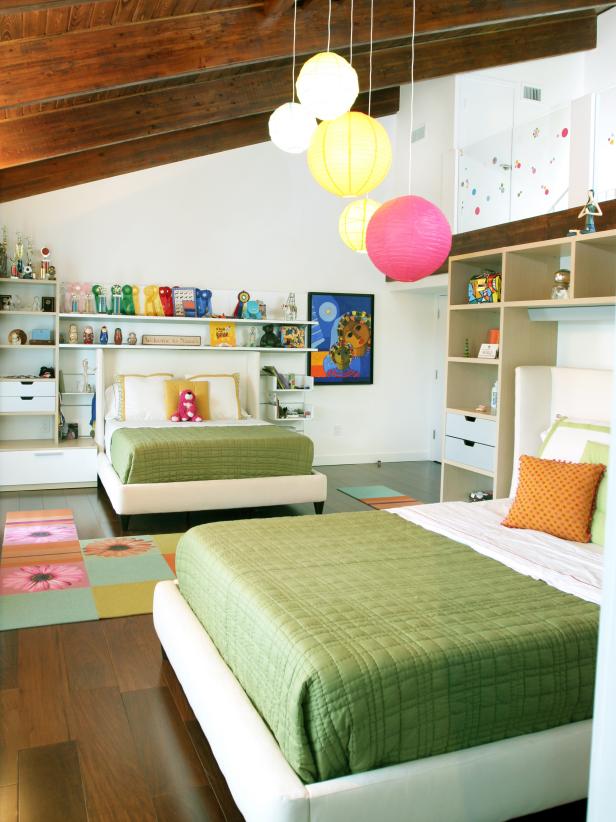
5 Lighting Tips for a Kid-Friendly Bedroom
When it comes to lighting a kid's bedroom, there are a few things you need to keep in mind. You want to create a space that is both functional and inviting, while also being safe for your child.
Here are five tips to help you get the lighting right in your child's bedroom:

- Use a variety of light sources. A single light source, such as a ceiling light, is not enough to create a well-lit bedroom. Instead, use a combination of different light sources, such as a ceiling light, table lamps, and floor lamps. This will allow you to create different lighting levels for different activities, such as reading, playing, or getting ready for bed.
- Choose the right light bulbs. Not all light bulbs are created equal. When choosing light bulbs for your child's bedroom, be sure to select bulbs that emit a warm, soft light. This type of light is more flattering to skin tones and is less likely to cause eye strain.
- Install dimmers. Dimmers allow you to control the brightness of your lights, which is a great way to create a relaxing atmosphere at bedtime.
- Consider the location of your light fixtures. When placing light fixtures in your child's bedroom, be sure to think about where your child will be spending most of their time. For example, you may want to install a reading light over the bed or a desk lamp near the child's desk.
- Make sure your lights are safe. When choosing light fixtures for your child's bedroom, be sure to select fixtures that are UL-listed and that meet all applicable safety standards. You should also avoid using any light fixtures with exposed wires or sharp edges.
By following these tips, you can create a kid-friendly bedroom that is both functional and inviting.
1. Use a Variety of Light Sources
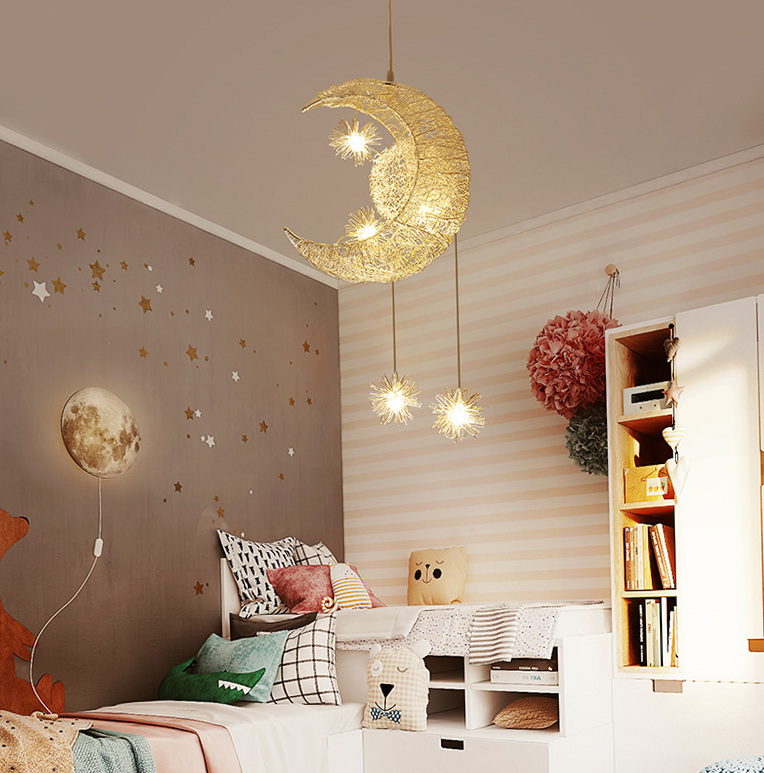
As mentioned above, a single light source is not enough to create a well-lit bedroom. Instead, you should use a combination of different light sources, such as a ceiling light, table lamps, and floor lamps. This will allow you to create different lighting levels for different activities, such as reading, playing, or getting ready for bed.
Ceiling lights are a good choice for providing general lighting in the bedroom. They should be placed in the center of the room and should be bright enough to light up the entire space.
Table lamps are a great option for providing task lighting in the bedroom. They can be placed on nightstands or dressers and can be used for reading, writing, or doing homework.

Floor lamps are another good option for providing task lighting in the bedroom. They can be placed in corners or along walls and can be used for reading, relaxing, or watching TV.
By using a combination of different light sources, you can create a bedroom that is well-lit for all activities.
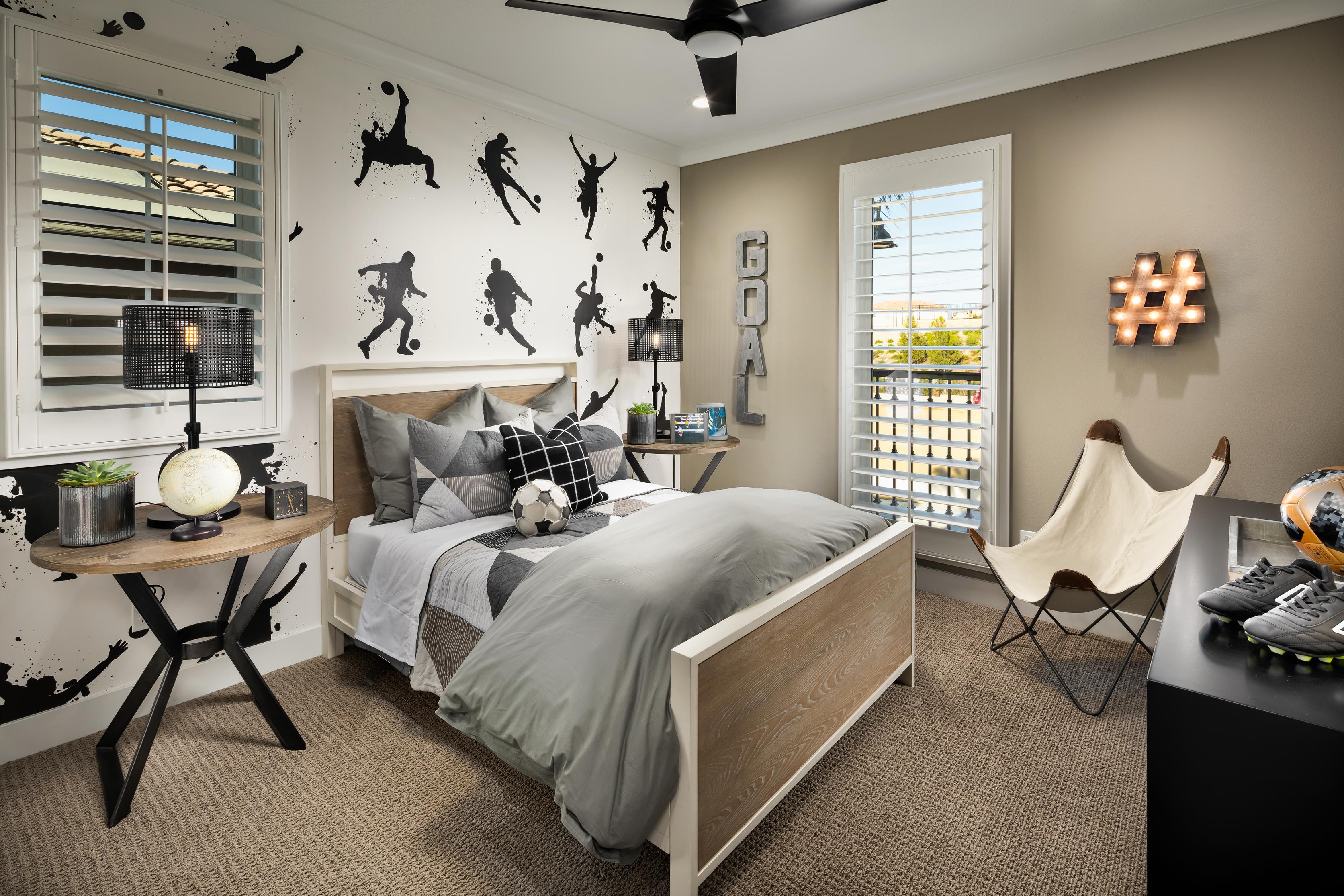
2. Choose the Right Light Bulbs

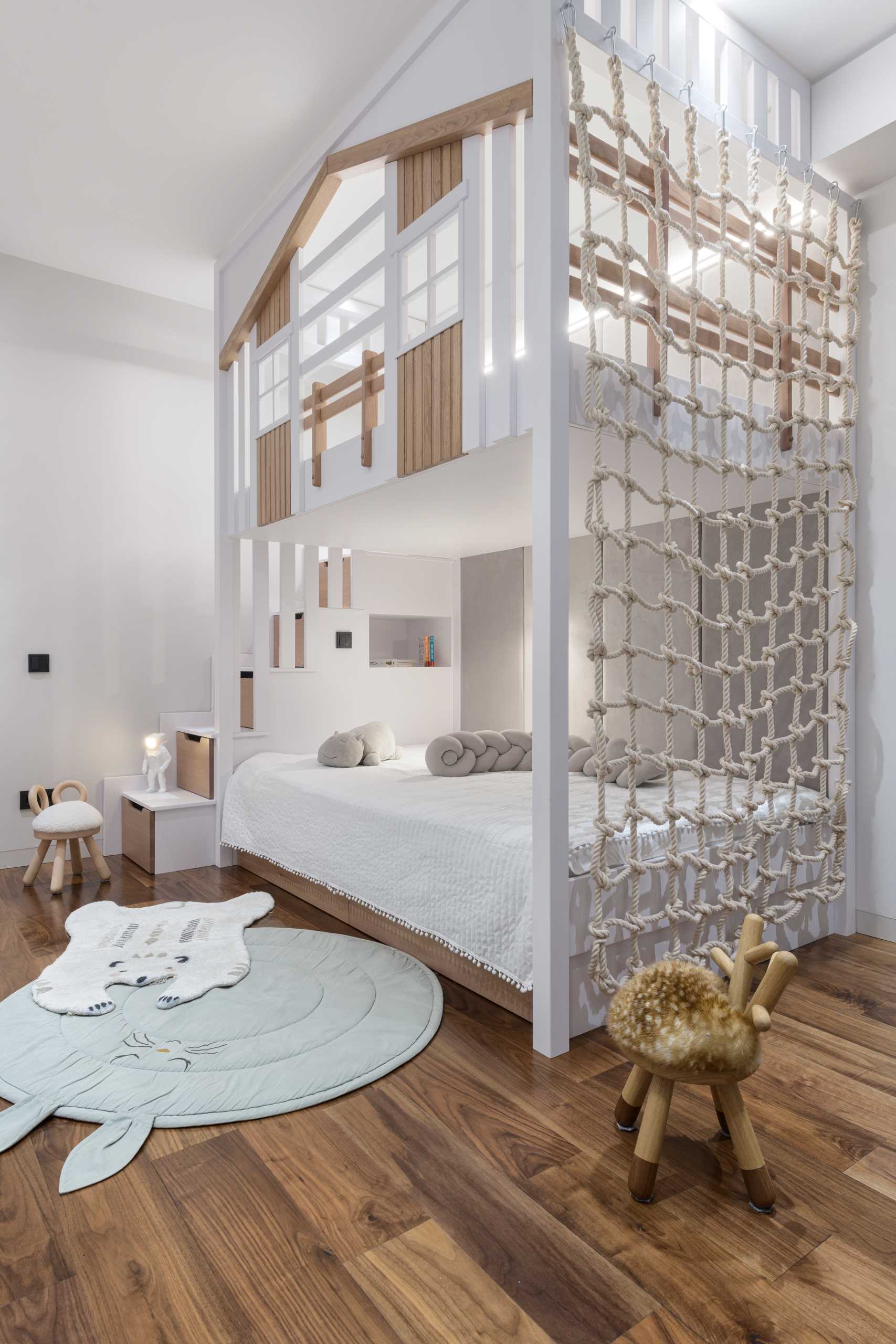
When choosing light bulbs for your child's bedroom, be sure to select bulbs that emit a warm, soft light. This type of light is more flattering to skin tones and is less likely to cause eye strain.
You should also avoid using light bulbs that are too bright. Bright light can be stimulating and can make it difficult for your child to fall asleep.

Some good options for light bulbs in a child's bedroom include:
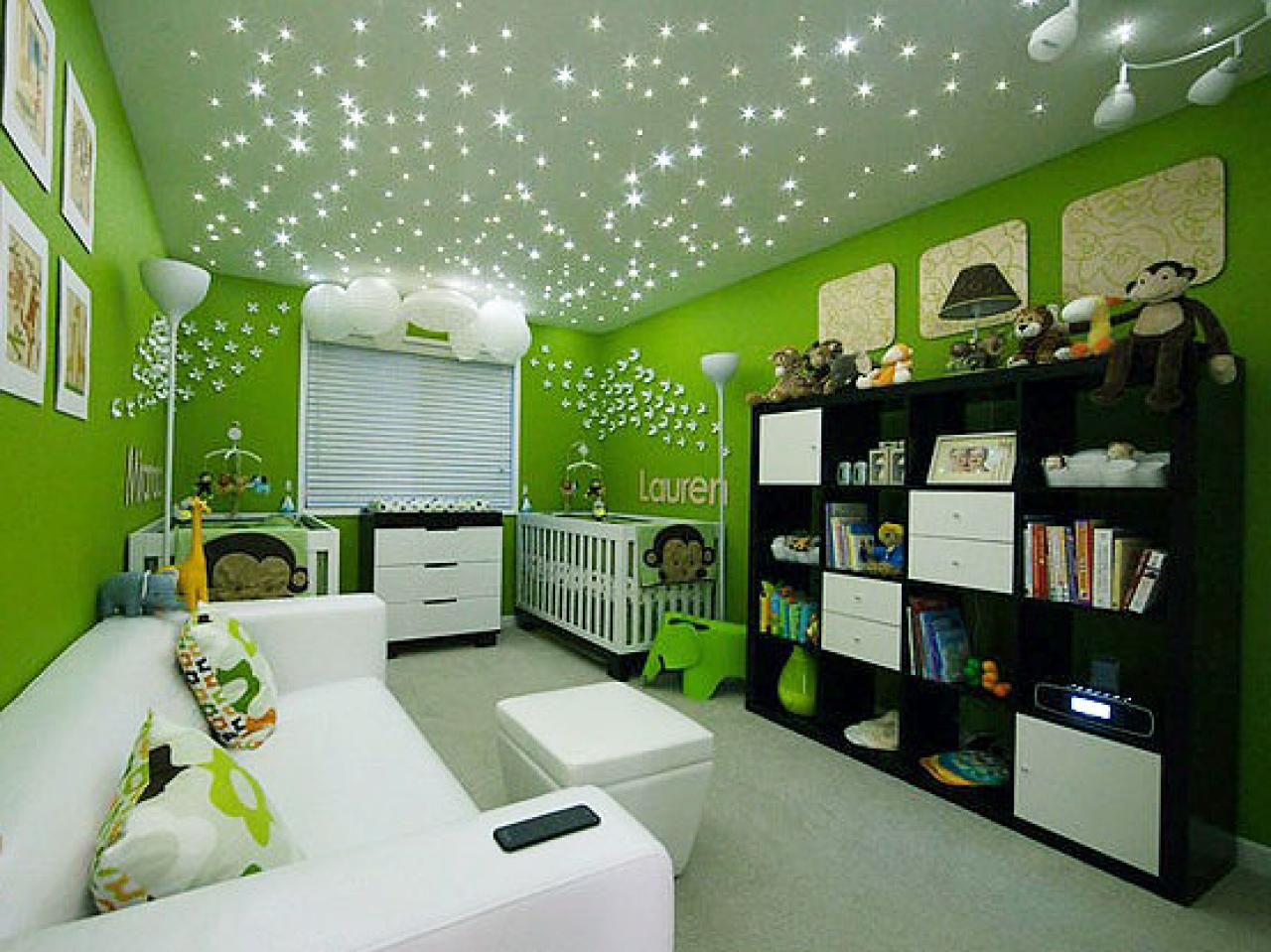

- LED bulbs: LED bulbs are energy-efficient and long-lasting. They also emit a warm, soft light that is perfect for a child's bedroom.
- Incandescent bulbs: Incandescent bulbs are less energy-efficient than LED bulbs, but they do emit a warm, soft light.
- Halogen bulbs: Halogen bulbs are a good option for task lighting in a child's bedroom. They are bright and provide good illumination.
When choosing light bulbs for your child's bedroom, be sure to read the label carefully to make sure that the bulbs are the right wattage and type for your light fixture.
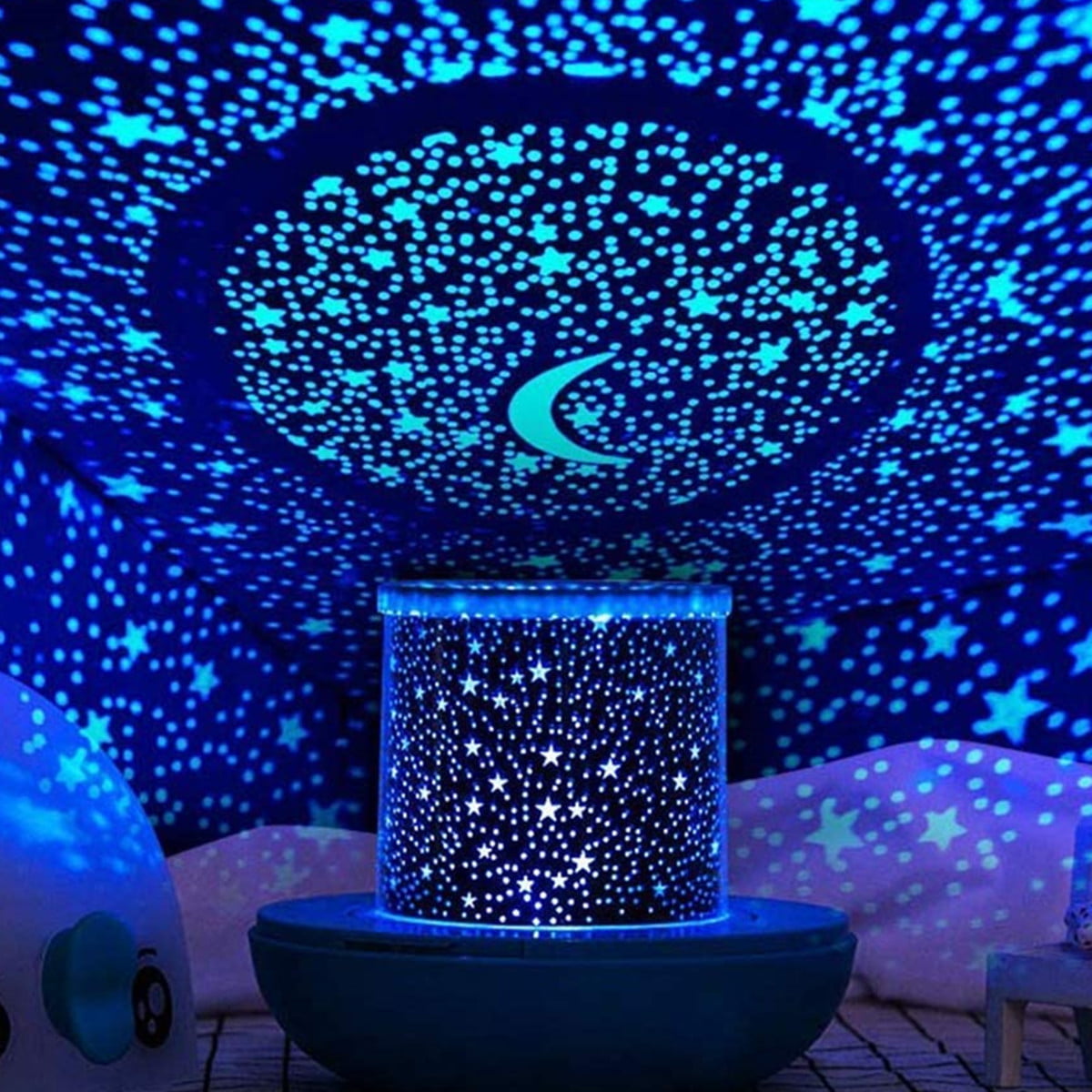
3. Install Dimmers
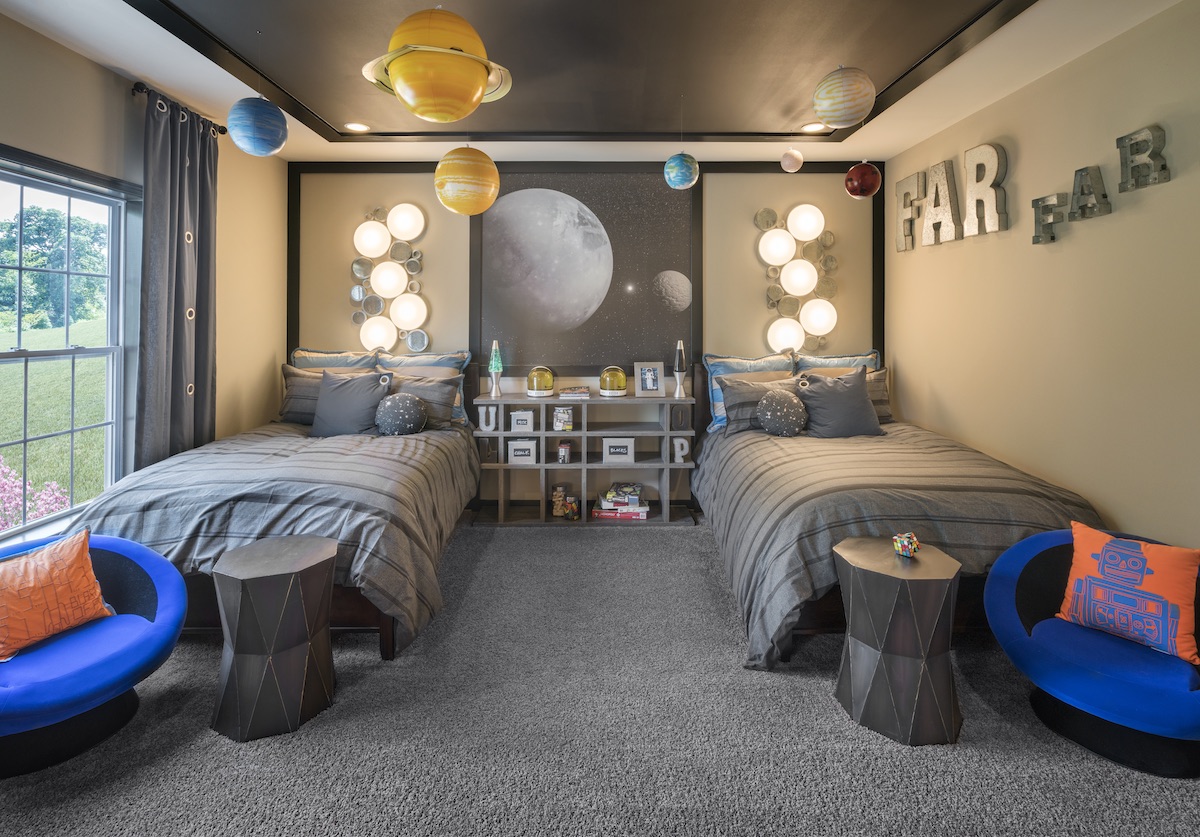
Dimmers allow you to control the brightness of your lights, which is a great way to create a relaxing atmosphere at bedtime.
If you have a ceiling light in your child's bedroom, you can install a dimmer switch on the wall. This will allow you to dim the light when it's time for your child to go to bed.
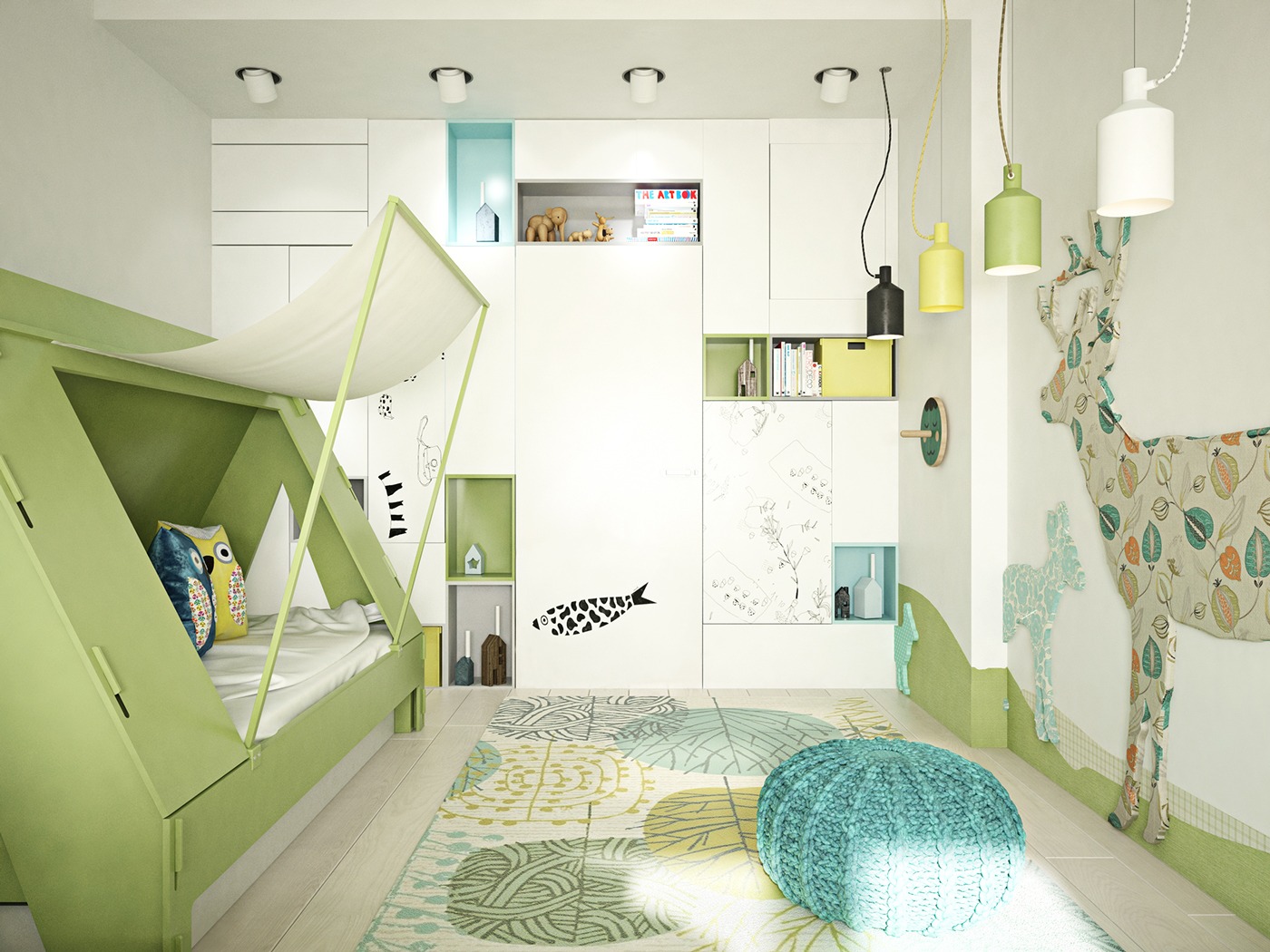
You can also install dimmers on table lamps and floor lamps. This will allow you to create different lighting levels for different activities, such as reading, playing, or watching TV.

Dimmers are a great way to
How to Light Your Child's Bedroom for a Great Night's Sleep
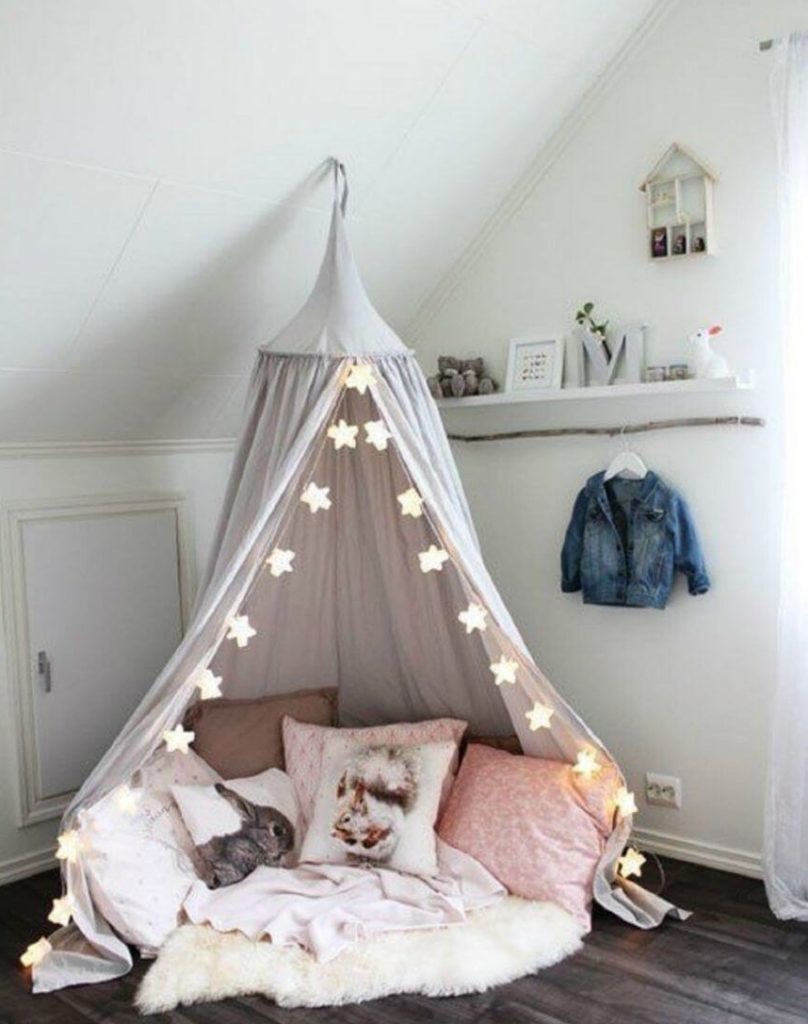
As a parent, you want to give your child the best possible start in life. That means providing them with a safe and nurturing environment, as well as the tools they need to succeed. One of the most important things you can do for your child is to make sure they get a good night's sleep.
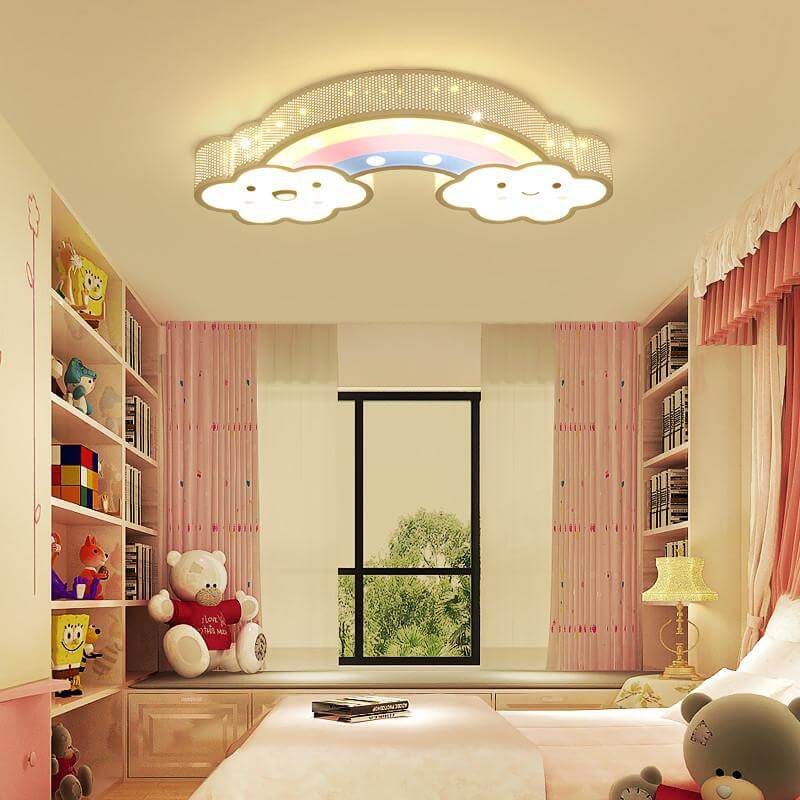
Sleep is essential for children's physical and mental development. It helps them to consolidate memories, learn new things, and regulate their emotions. When children don't get enough sleep, they can experience problems with attention, behavior, and learning. They may also be more irritable and have a harder time controlling their emotions.
The amount of sleep a child needs varies depending on their age. According to the National Sleep Foundation, preschoolers need 11-14 hours of sleep per night, school-aged children need 9-12 hours, and teenagers need 8-10 hours.
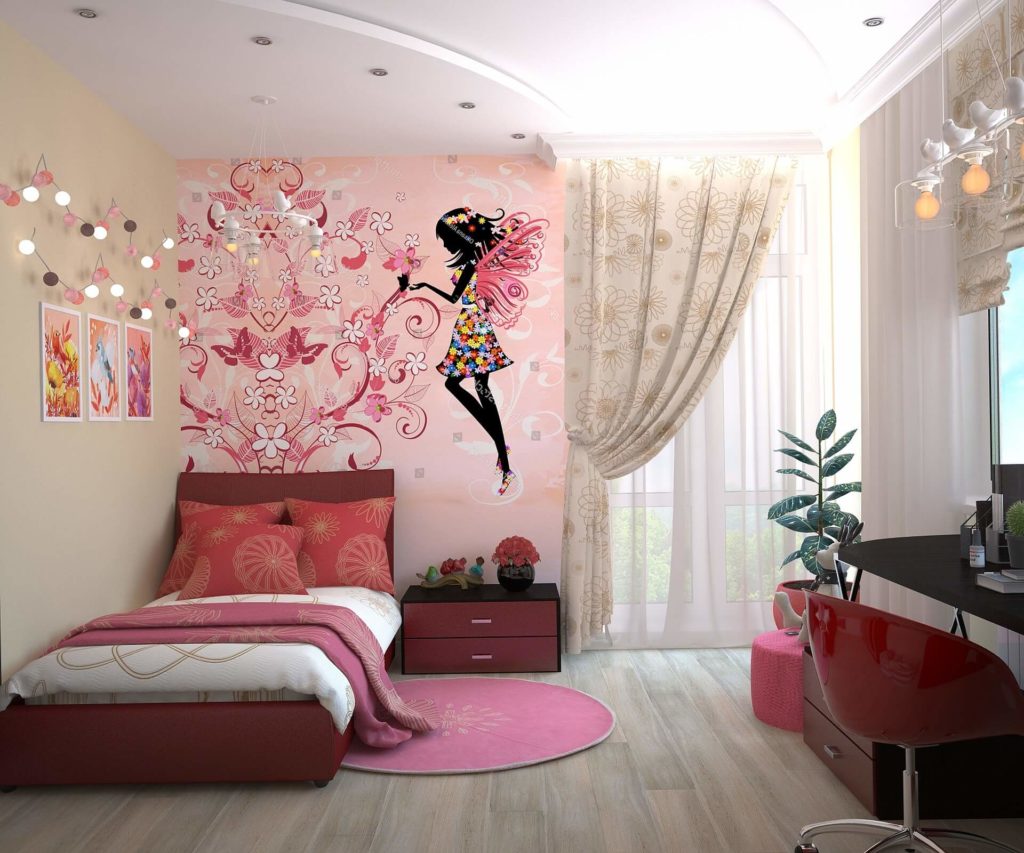
One of the most important factors in getting a good night's sleep is having a dark, quiet, and cool bedroom. Children's bedrooms should be free of distractions, such as electronic devices, toys, and bright lights. The ideal temperature for sleep is between 60 and 68 degrees Fahrenheit.
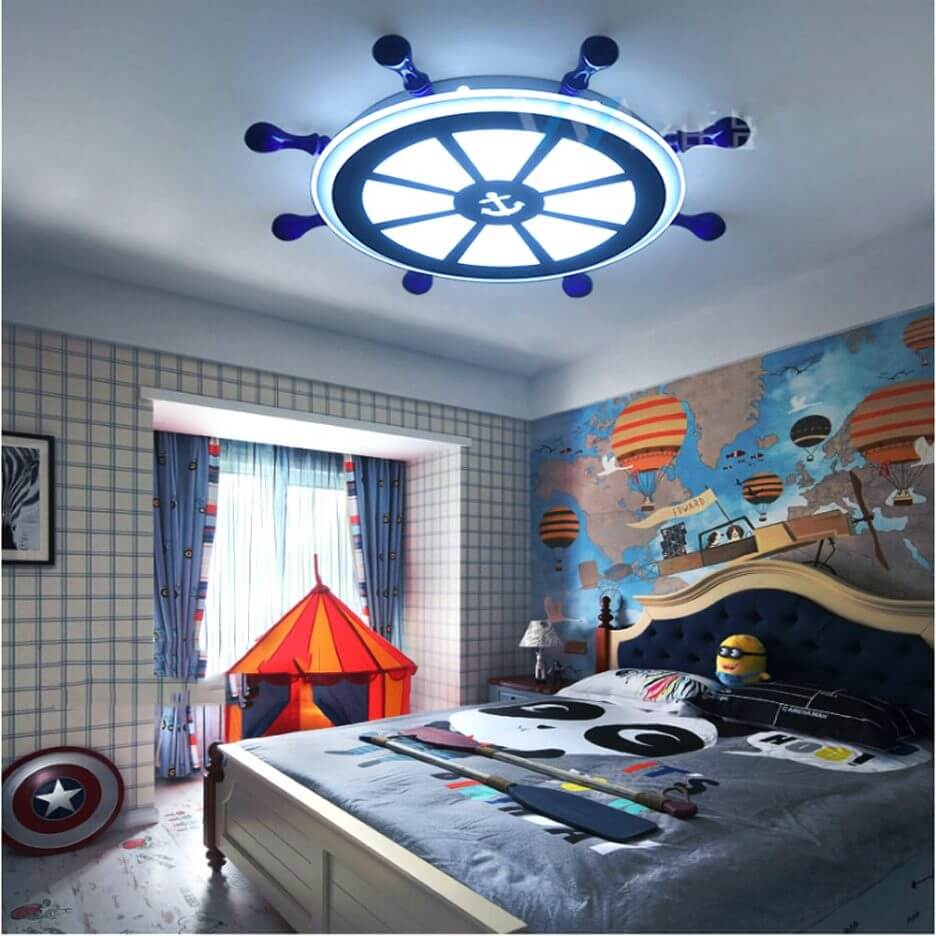

Lighting is another important factor to consider when creating a sleep-friendly environment for your child. The right lighting can help to promote sleep by making the bedroom feel more relaxing and inviting.
The best lighting for a child's bedroom

The best lighting for a child's bedroom is dim and indirect. This type of lighting helps to create a calming environment that is conducive to sleep. Avoid using bright overhead lights or harsh spotlights in your child's bedroom. Instead, opt for soft, warm lighting that comes from lamps or fixtures that are placed away from the bed.

You can also use blackout curtains or blinds to block out light from outside. This can be helpful if your child's bedroom faces a street or other bright area.
How to light your child's bedroom for a great night's sleep
Here are a few tips for lighting your child's bedroom for a great night's sleep:


- Use dim, indirect lighting. Avoid using bright overhead lights or harsh spotlights in your child's bedroom. Instead, opt for soft, warm lighting that comes from lamps or fixtures that are placed away from the bed.
- Use blackout curtains or blinds. This can be helpful if your child's bedroom faces a street or other bright area.
- Create a relaxing bedtime routine. This could include reading a book, taking a bath, or listening to calming music.
- Make sure your child's bedroom is cool, dark, and quiet. These are the ideal conditions for sleep.
- Talk to your child about the importance of sleep. Explain that getting enough sleep is essential for their physical and mental health.
Conclusion

By following these tips, you can help your child create a sleep-friendly environment that will promote a good night's sleep. When your child is well-rested, they will be better able to focus, learn, and behave. They will also be happier and healthier overall.
Keywords: sleep, child, bedroom, lighting, kids bedroom lighting, serenity.



